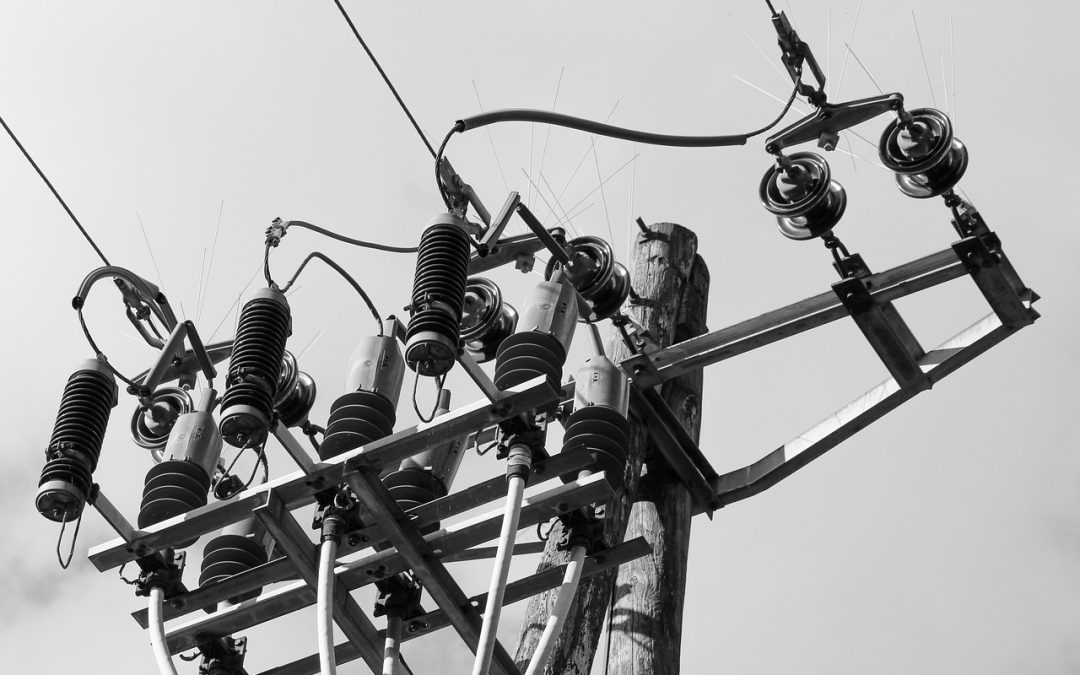By Maria Mothibedi, Head of Operations: SPM
In operations, the word maintenance often carries a narrow meaning, limited to scheduled services or urgent repairs. Yet when viewed strategically, maintenance is about far more than keeping assets running. It is a discipline that strengthens resilience, extends the life of investments, and reduces the burden businesses place on people and the planet. Sustainable maintenance is becoming one of the most crucial levers for future-proofing operations.
The pressures facing organisations today are unprecedented. Supply chains are stretched, environmental standards are rising, and the demand for operational continuity has never been higher. In this environment, traditional maintenance approaches, which focus on reacting to breakdowns or merely ticking compliance boxes, are not enough. Operations leaders must ask a deeper question: How do we maintain in a way that sustains value over decades, not quarters?
The answer lies in seeing every asset as part of a living system. Equipment does not fail in isolation. The way it is operated, the quality of its components, the energy it consumes, and the people who interact with it all shape its performance. Sustainable maintenance practices account for this bigger picture. They combine predictive technologies, data-driven insights, and human-centred processes to keep operations reliable while also lowering environmental impact and creating safer, more rewarding work for employees.
In construction, this systems view is essential. Projects depend on reliability at every stage. A single failure can delay delivery, increase costs, and affect multiple stakeholders. Experience has shown that when maintenance is embedded into planning rather than treated as an afterthought, projects run more smoothly and assets continue to deliver value long after handover.
Technology is an enabler here, but not the whole story. Sustainable maintenance is not only about digital dashboards. It is also about cultivating operational discipline and empowering people. When maintenance teams are given the tools, training, and recognition to do their work proactively, they become custodians of long-term reliability. This cultural shift is as important as any investment in technology.
The principles that strengthen construction operations are directly relevant to other sectors. In mining, for example, downtime is costly, safety is paramount, and reputational trust is fragile. Mining adds further complexity, with equipment operating under harsher conditions and subject to intense environmental scrutiny. Across heavy industries, reliability, safety, and sustainable asset management remain central wherever equipment faces demanding conditions.
A sustainable approach also requires rethinking the lifecycle of assets. Too often, equipment is disposed of prematurely because maintenance was neglected or because replacement seems easier than refurbishment. By embedding circular economy principles into maintenance planning, organisations can extend the useful life of assets, repurpose components, and reduce their environmental footprint. This not only saves money but also strengthens reputation in a marketplace that is increasingly shaped by ESG performance.
Importantly, sustainable maintenance is not a one-time project. It is a continuous practice that matures over time. It requires leaders to view maintenance not as a line item on a budget but as a foundation of resilience. It calls for collaboration across departments, since procurement choices, design decisions, and workforce development all influence the outcomes. It demands accountability to communities and stakeholders, because how assets are maintained shapes safety, reliability, and environmental performance far beyond the factory or site.
Future-proofing operations through sustainable maintenance is about building organisations that can withstand shocks while continuing to deliver value. It is about aligning reliability with responsibility. It is about preparing systems, assets, and people to thrive in the face of uncertainty. For those of us in operations, the responsibility is clear. Maintenance must no longer be seen as a technical chore but as a strategic commitment to resilience, efficiency, and sustainability.
The companies that succeed in the coming decades will be those that care for their assets and their people with foresight. They will be remembered not for how fast they reacted to breakdowns but for how effectively they built systems that did not break. Sustainable maintenance is how we future-proof operations and create a legacy of reliability that benefits both business and society.
